The name Sinbad the Sailor conjures images of daring voyages, mystical islands, and encounters with the supernatural. While many associate Sinbad with the Arabian Nights, fewer know that the legendary mariner’s origins are deeply tied to the seafaring traditions of Oman. The Sultanate of Oman, with its rich maritime history, has long claimed Sinbad as one of its own—a symbol of Omani exploration and trade that once connected the distant corners of the ancient world.
Oman’s relationship with the sea is as old as civilization itself. Nestled on the southeastern coast of the Arabian Peninsula, the country’s strategic position made it a hub for merchants sailing between Mesopotamia, India, and East Africa. The ports of Sohar and Muscat were bustling centers of commerce, where spices, incense, and precious metals changed hands. It is against this backdrop that the tales of Sinbad likely emerged—a blend of fact and folklore, inspired by the real-life adventures of Omani sailors who braved the unpredictable waters of the Indian Ocean.
The stories of Sinbad, as recorded in the One Thousand and One Nights, are fantastical, but they echo the very real perils faced by Omani seafarers. Whirlpools, rogue waves, and uncharted territories were constant threats. Yet, the promise of wealth and discovery drove these sailors to venture farther than any before them. Sinbad’s seven voyages, filled with encounters with giant birds, cannibalistic tribes, and treacherous sorcerers, may be exaggerated, but they reflect the spirit of exploration that defined Oman’s golden age of sailing.
Sohar: The Legendary Home of Sinbad
Many scholars believe that the city of Sohar, often referred to as "the jewel of Oman," was the birthplace of Sinbad. During the Islamic Golden Age, Sohar was a thriving port, its ships reaching as far as China. The city’s maritime prowess was unmatched, and its sailors were renowned for their navigational skills. It is easy to imagine a young Sinbad setting sail from Sohar’s harbor, his heart full of ambition, his mind brimming with dreams of distant lands.
The legacy of Sinbad is still alive in Sohar today. The city’s maritime museum houses artifacts from ancient trading voyages, including pottery shards, navigational instruments, and maps that trace the routes once taken by Omani merchants. Visitors can stroll along the corniche, gazing at the same waters that Sinbad might have sailed, and feel the weight of history in the salty breeze.
Sinbad’s Influence on Omani Culture
Sinbad is more than just a folk hero in Oman—he is a cultural icon. His stories are told and retold, not just as entertainment but as a reminder of Oman’s seafaring heritage. Traditional dhow races, still held along the Omani coast, evoke the era when these wooden ships dominated the seas. Even the design of modern Omani vessels pays homage to the past, with curved prows reminiscent of the ships that might have carried Sinbad on his adventures.
Moreover, Sinbad’s tales have shaped Omani literature and art. Poets draw inspiration from his voyages, weaving themes of courage and curiosity into their verses. Paintings and sculptures depicting Sinbad’s encounters with mythical creatures can be found in galleries across the country. His name is invoked in songs and festivals, a testament to his enduring place in Omani identity.
The Historical Sinbad: Fact or Fiction?
While Sinbad is undoubtedly a mythical figure, some historians speculate that his character may have been inspired by real Omani traders. One theory suggests that the tales are a composite of several merchants’ experiences, embellished over centuries of storytelling. Another posits that Sinbad could have been based on a single, particularly adventurous sailor whose exploits became legendary.
Evidence of Omani trade networks supports the idea that Sinbad’s voyages, though fantastical, have roots in reality. Archaeological findings along the East African coast and in India reveal Omani pottery and coins, proving that Omani sailors established far-reaching trade connections. Whether Sinbad was a real person or not, his stories encapsulate the boldness and ingenuity of Oman’s maritime ancestors.
Sinbad in the Modern World
Today, Sinbad’s legacy extends beyond folklore. Oman’s tourism industry embraces the legend, offering "Sinbad-themed" cruises that retrace his supposed routes. The Sinbad Hotel in Muscat welcomes guests with décor inspired by the tales, and the annual Sinbad Festival celebrates Oman’s nautical history with boat displays, storytelling sessions, and reenactments of his adventures.
Internationally, Sinbad remains a beloved figure, appearing in films, cartoons, and literature. Yet, for Omanis, he is more than a fictional character—he is a symbol of their nation’s resilience and exploratory spirit. In a world increasingly defined by borders, Sinbad’s stories remind us of a time when the sea was not a barrier, but a bridge between cultures.
The legend of Sinbad the Sailor, rooted in Oman’s seafaring past, continues to captivate imaginations. Whether as a hero of ancient myth or a reflection of real historical voyages, his story is a testament to humanity’s unyielding desire to explore the unknown. And as long as the waves crash against Oman’s shores, the spirit of Sinbad will endure.

By Grace Cox/Apr 28, 2025
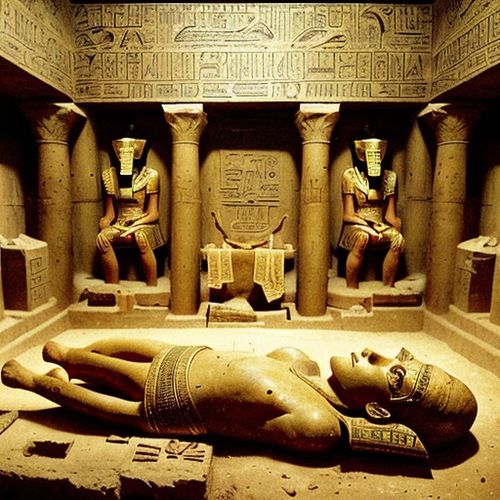
By Emma Thompson/Apr 28, 2025

By Christopher Harris/Apr 28, 2025
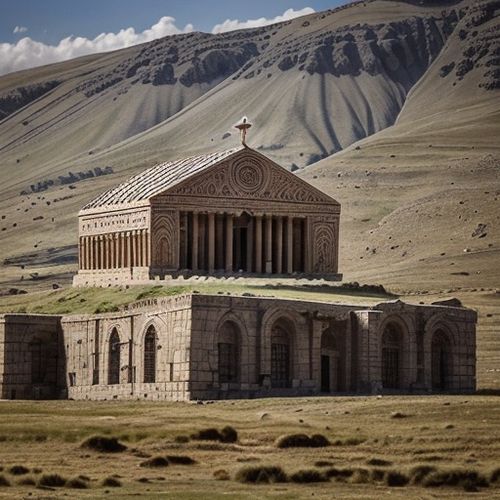
By Lily Simpson/Apr 28, 2025

By Olivia Reed/Apr 28, 2025

By Christopher Harris/Apr 28, 2025

By Amanda Phillips/Apr 28, 2025

By Daniel Scott/Apr 28, 2025

By Jessica Lee/Apr 28, 2025

By James Moore/Apr 28, 2025
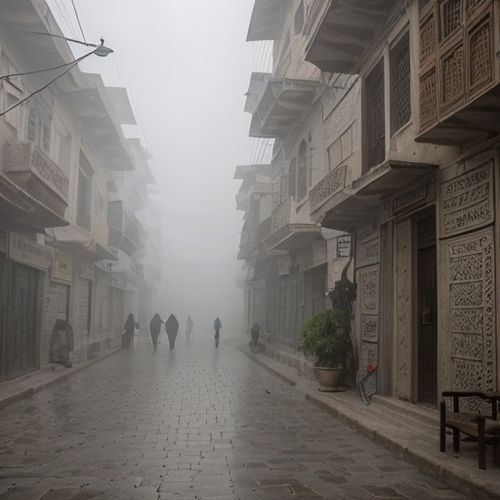
By Grace Cox/Apr 28, 2025

By Emily Johnson/Apr 28, 2025
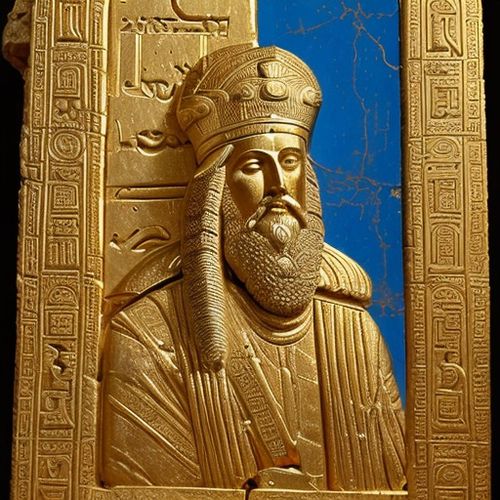
By Thomas Roberts/Apr 28, 2025
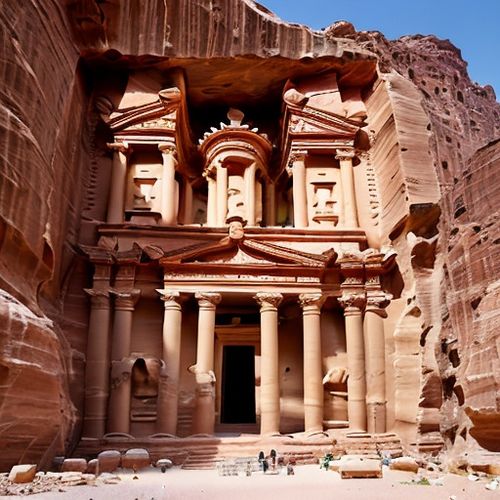
By Amanda Phillips/Apr 28, 2025

By Daniel Scott/Apr 28, 2025
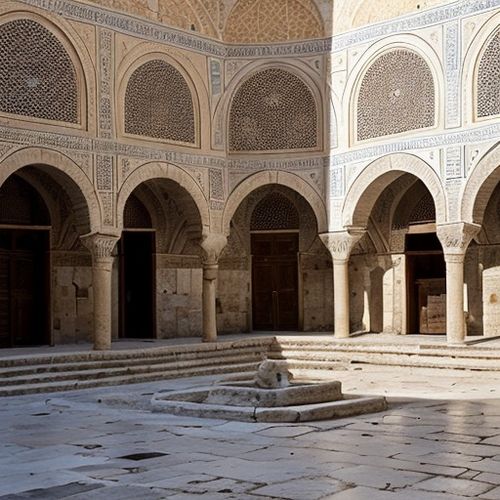
By William Miller/Apr 28, 2025
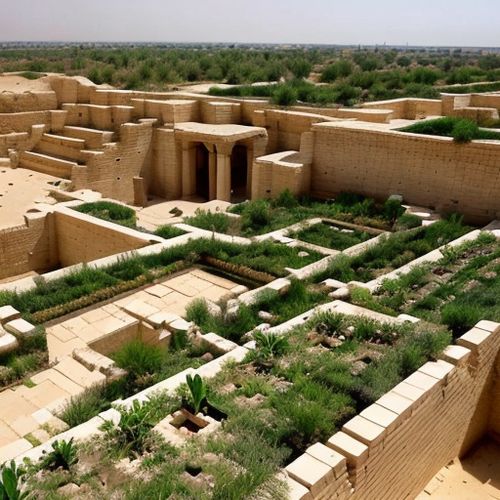
By Joshua Howard/Apr 28, 2025

By Amanda Phillips/Apr 28, 2025
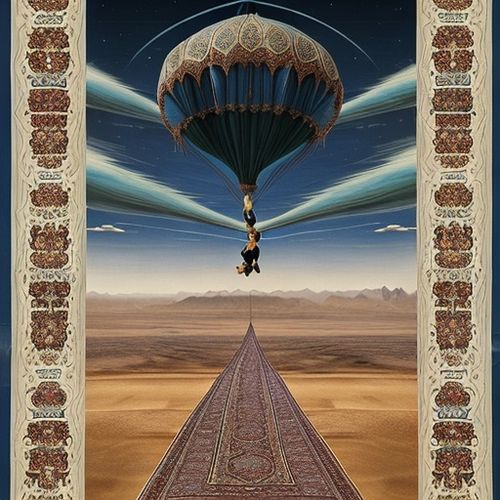
By Natalie Campbell/Apr 28, 2025

By Natalie Campbell/Apr 28, 2025